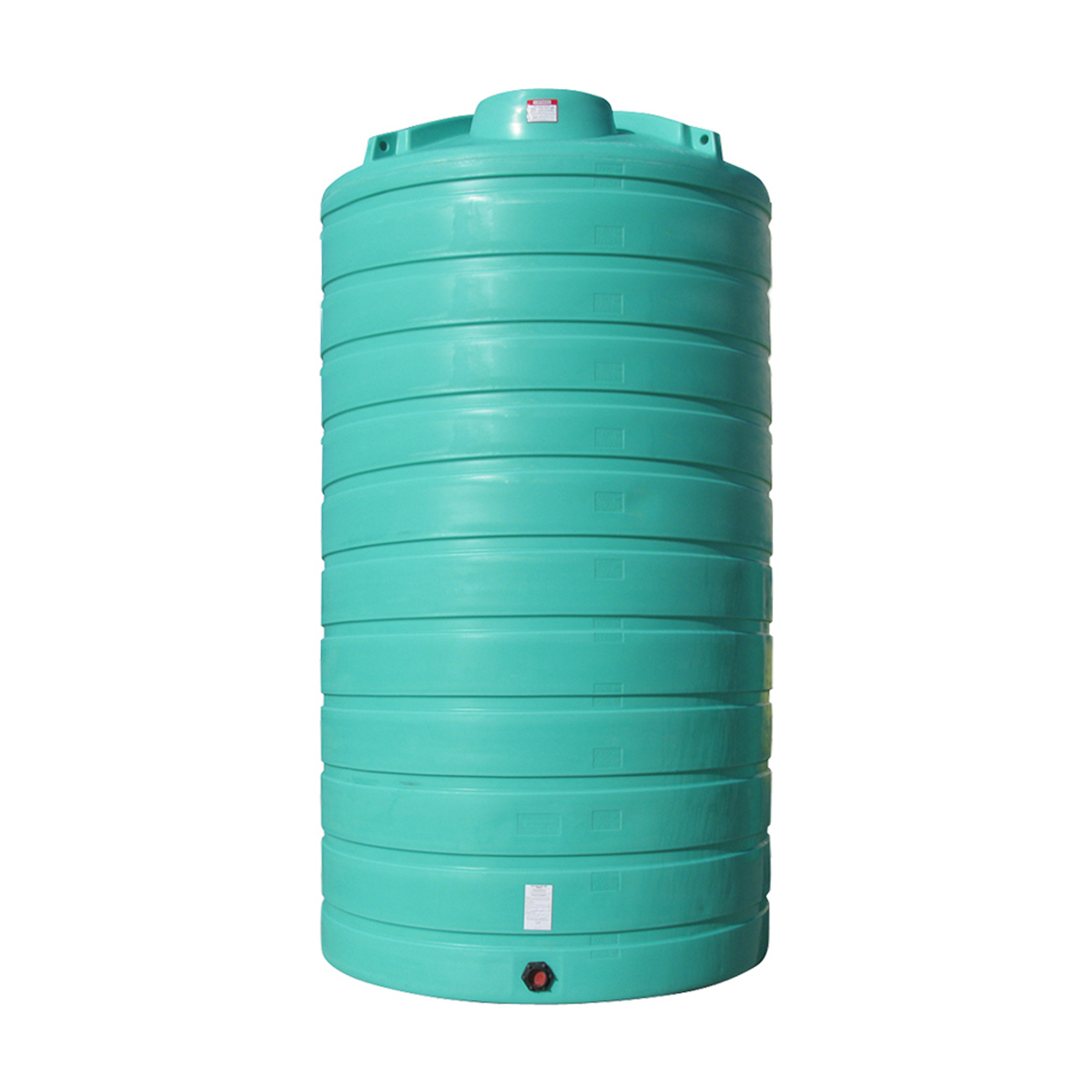
Calculate the water pressure exerted in a tank of height 2 meters. With the above information now fresh in your mind, see if you can figure out the answer in the following scenario. Pressure = Density * Area * Height * g/ AreaĪrea cancels out in the numerator and denominator, resulting in the following equation: This means volume is nothing but the product of surface area and height. Now mass can be broken down as a product of density and volume. Pressure = Density * Volume * g/ Area. Pressure = weight/area, and weight = mass (m) * acceleration due to gravity (g). In the case of the water stored in a tank, the pressure at its bottom is the weight acting on a unit area of the surface where the tank is kept. Physics teaches us that pressure is caused by the force acting on an area. So how do we go about calculating the pressure exerted by a liquid such as water in a storage tank? Though the pressure would vary at different levels in the tank, it would exert the same pressure in all directions for a particular tank height. The science at work here is that the pressure of a liquid is directly proportional to the height/ depth (when considering below ground level), and not on the volume of the tank. Illustration: Pressure increases proportionately with depth However, the taller tank is the correct choice. Which tank will release water to the farthest point? At first glance, it would appear the tank with the larger holding capacity is the right answer. Now open the bottom valves of both tanks until they’re fully open. The larger capacity tank is of a greater diameter to compensate for its height deficit. The other tank is of capacity 2000 gallons and is 2 meters tall. One tank holds 1,000 gallons and is 3 meters tall. Imagine two tanks with bottom outlet valves positioned at ground level. Water gushes out at a much higher pressure when the tank is full compared to when it is almost empty. You will notice there is a stark difference between the two observations.

Then take note once more when the tank is nearly depleted.

connected to an overhead water tank without any pressure pumps)? If so, note the velocity and the amount of water gushing out of the taps when the tank is full. Are the water lines in your home gravity fed (i.e.


 0 kommentar(er)
0 kommentar(er)
